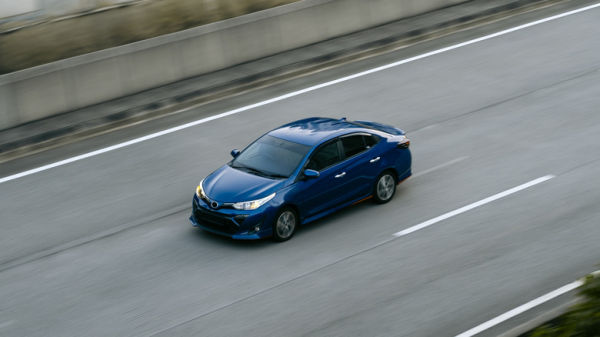There are a few things you need to stop doing if you drive a manual car. For instance, resting your left foot on the clutch pedal when not changing gears is a big no-no, and is a habit worth breaking. Doing so repeatedly will inadvertently engage the clutch when the car is cruising, causing accelerated wear and tear on the pressure plate, release bearing, and the clutch itself. In short, training your left foot to stay on the footrest when not shifting gears is the best practice when behind the wheel of a stick shift car.
Another bad manual habit is lugging the engine. Lugging occurs when you push the throttle hard while the transmission is in high gear. Let’s say you’re cruising on the highway in fifth gear and a slower car in front merges into your lane. In this case, an experienced manual driver will instinctively downshift from fifth to fourth, or even third gear, depending on the speed, before steering to the outer lane and overtaking the slower car.
However, if you insist on staying in fifth gear while doing so, you are lugging the engine and making it work harder than it should be. Worst of all are the side effects of consistently lugging a naturally aspirated engine, which means more frequent maintenance, unnecessary repairs, or costly engine damage. What’s more, lugging is particularly harmful to turbocharged engines, so keep this in mind if you have a bonkers Honda Civic Type R or twin-turbocharged Nissan Z.
Why you should avoid lugging an engine
Some might question why lugging is detrimental to engine performance, efficiency, and longevity. Isn’t a low rpm and high gear situation more ideal when cruising? The answer is yes, but only if you’re coasting at speed after gathering momentum. If you press hard on the gas pedal when the engine is at a higher gear, the engine is essentially struggling at that point.
What that means is the engine has to work harder to deliver the same output. Manufacturers tune their engines to churn out peak torque at a broader range of RPMs. For example, the FL5 Honda Civic Type R produces 310 lb-ft of torque between 2,600 and 4,000 rpm. If the engine is spinning below 2,600 rpm in sixth gear and you floor the gas pedal without shifting down, you’ll be lugging the engine, which could lead to piston and spark plug damage via low-speed pre-ignition.
Moreover, persistently lugging an engine will disrupt the timing and cause it to run hotter than it should, as it’s working harder to produce the same output. If you’re a newbie with manual gearboxes, mastering your vehicle’s shift points is one of the few beginner tips to learn manual transmission shifting. If you can’t be bothered by the nuances of driving a manual car, you’ll be happy to know that it’s virtually impossible to lug an automatic vehicle since the computer is there to prevent that from happening.











